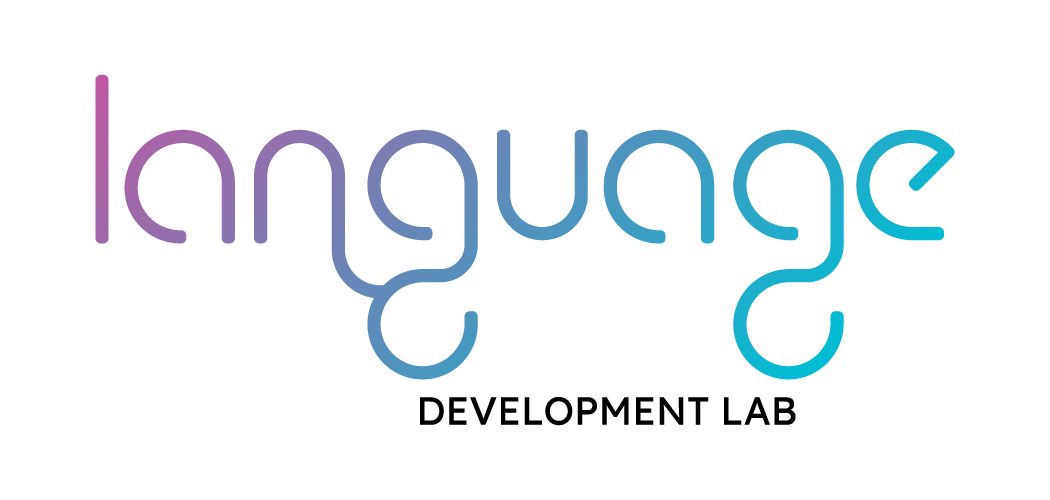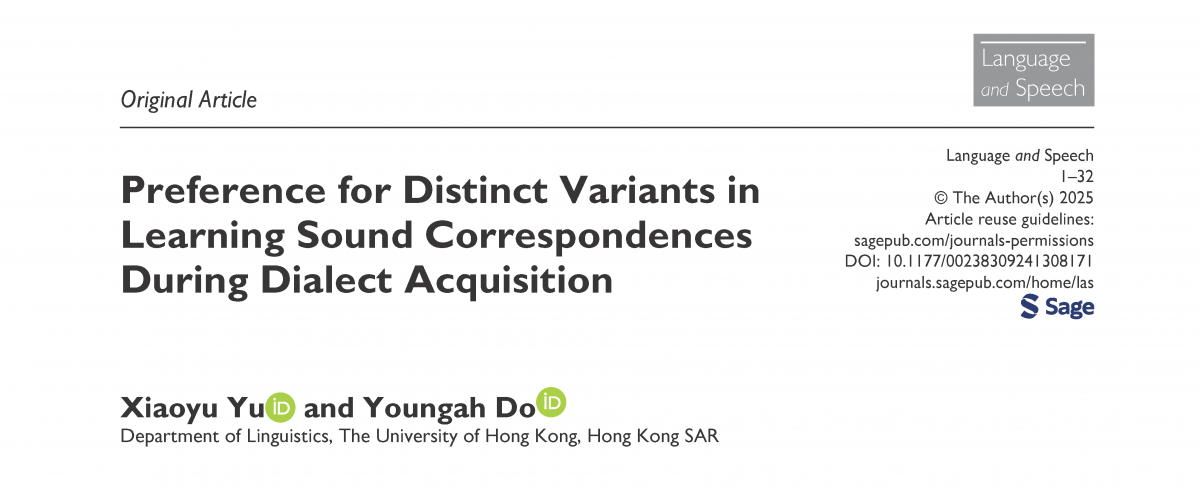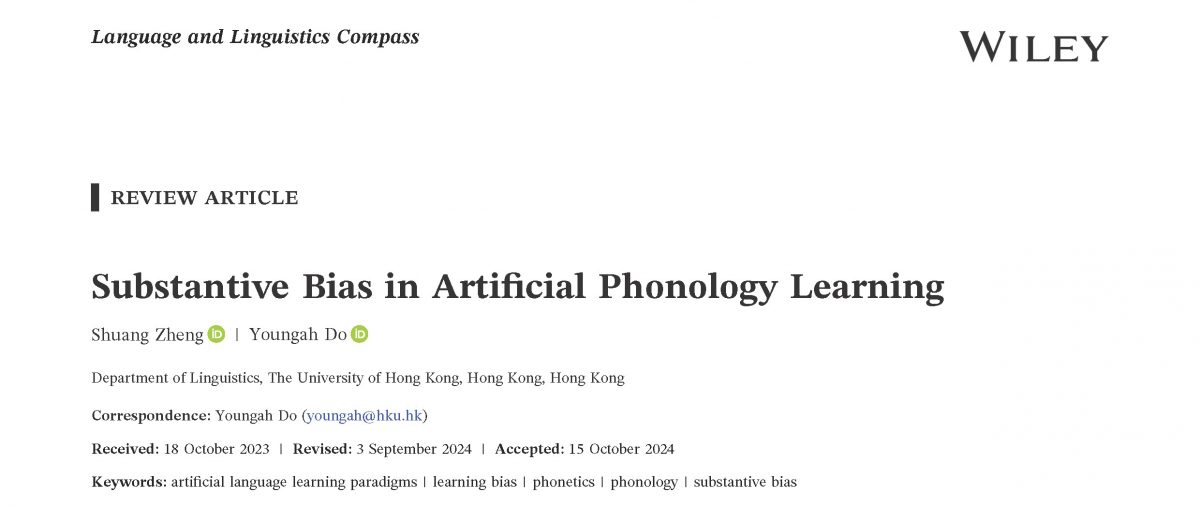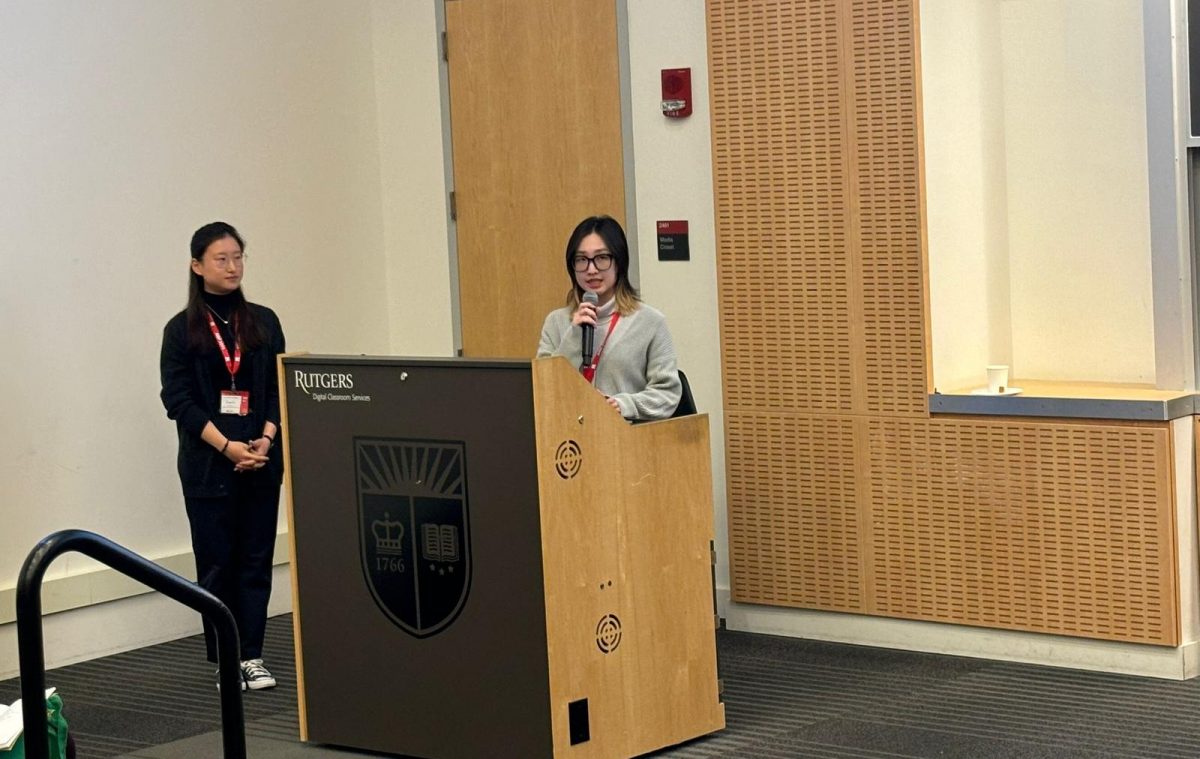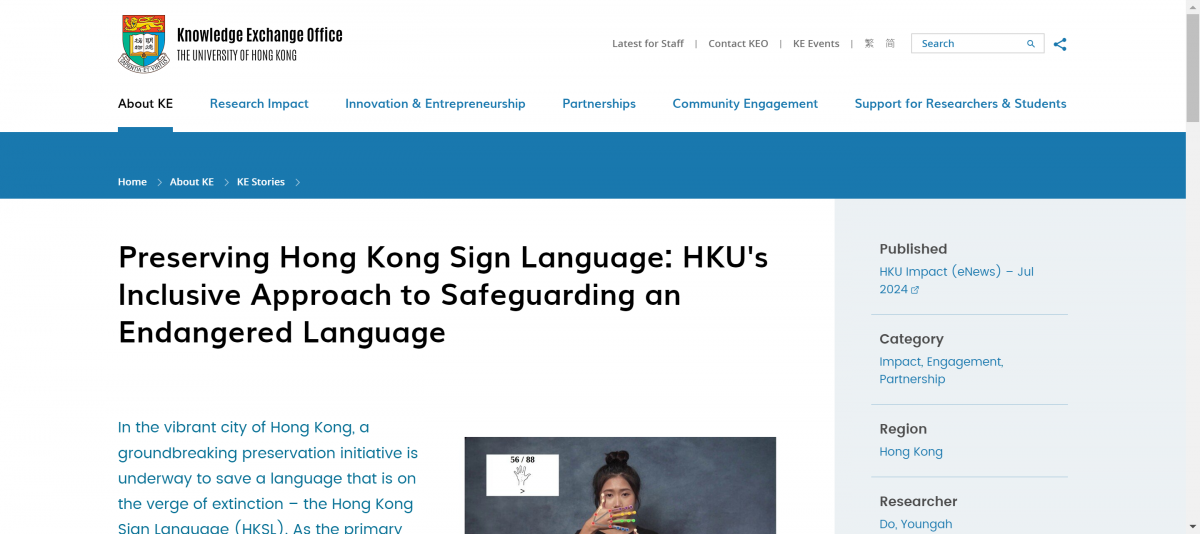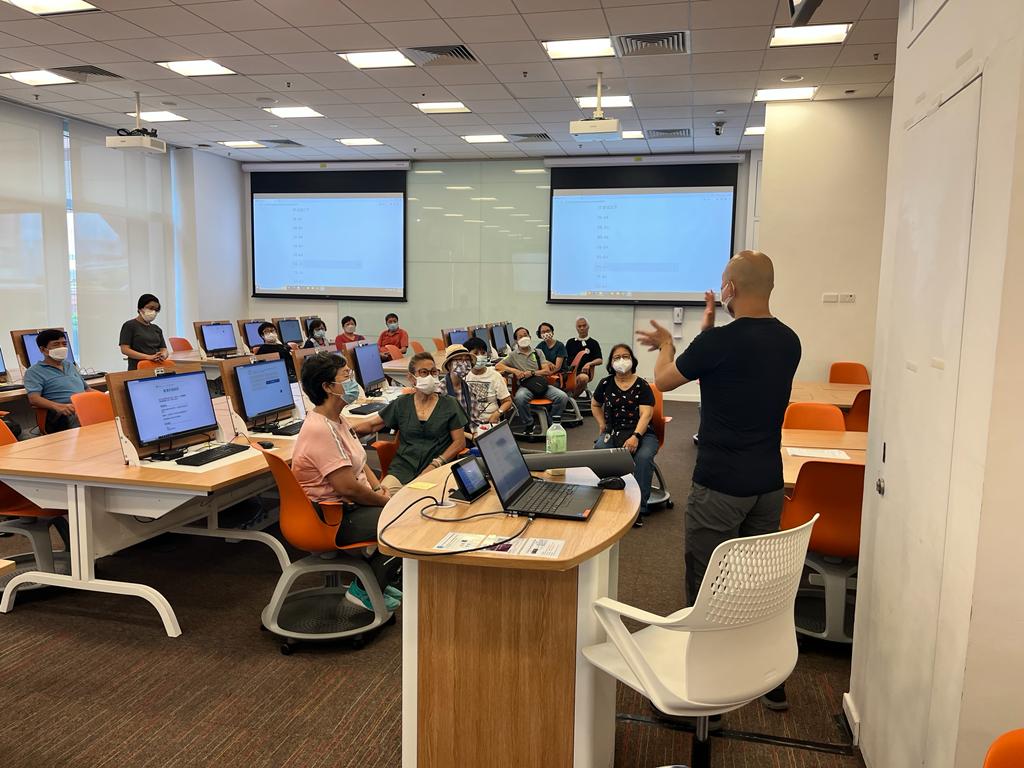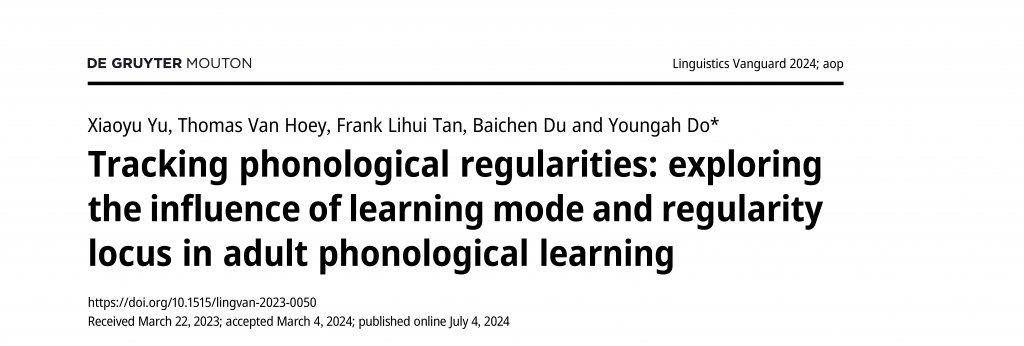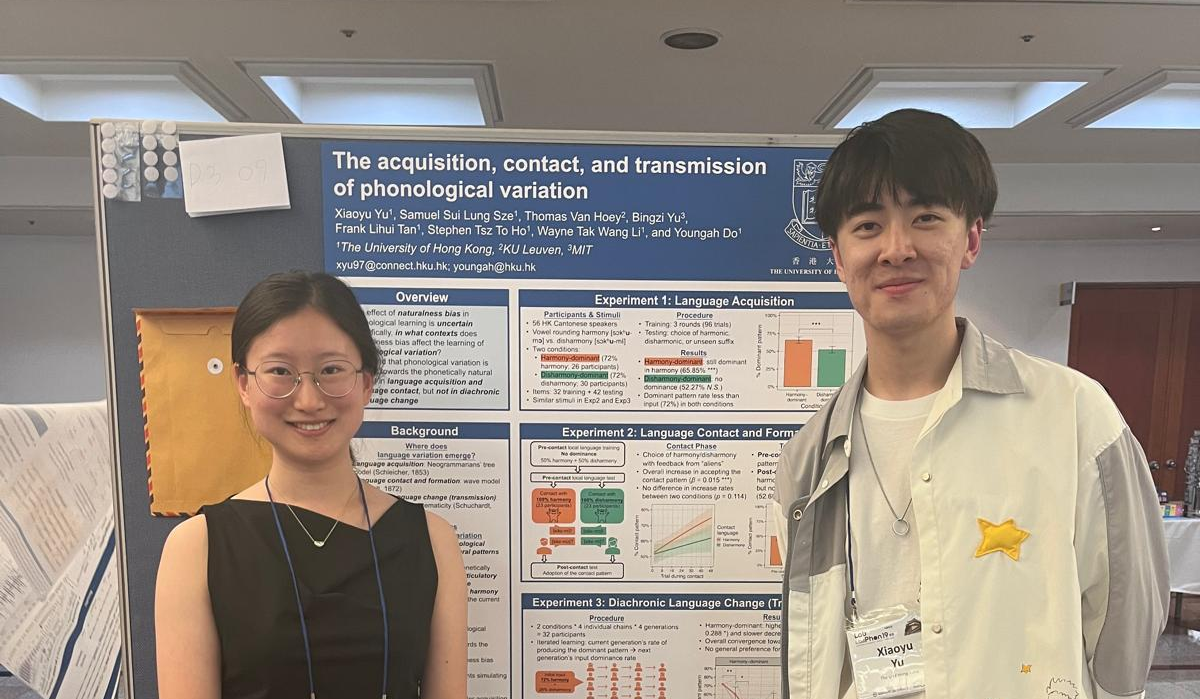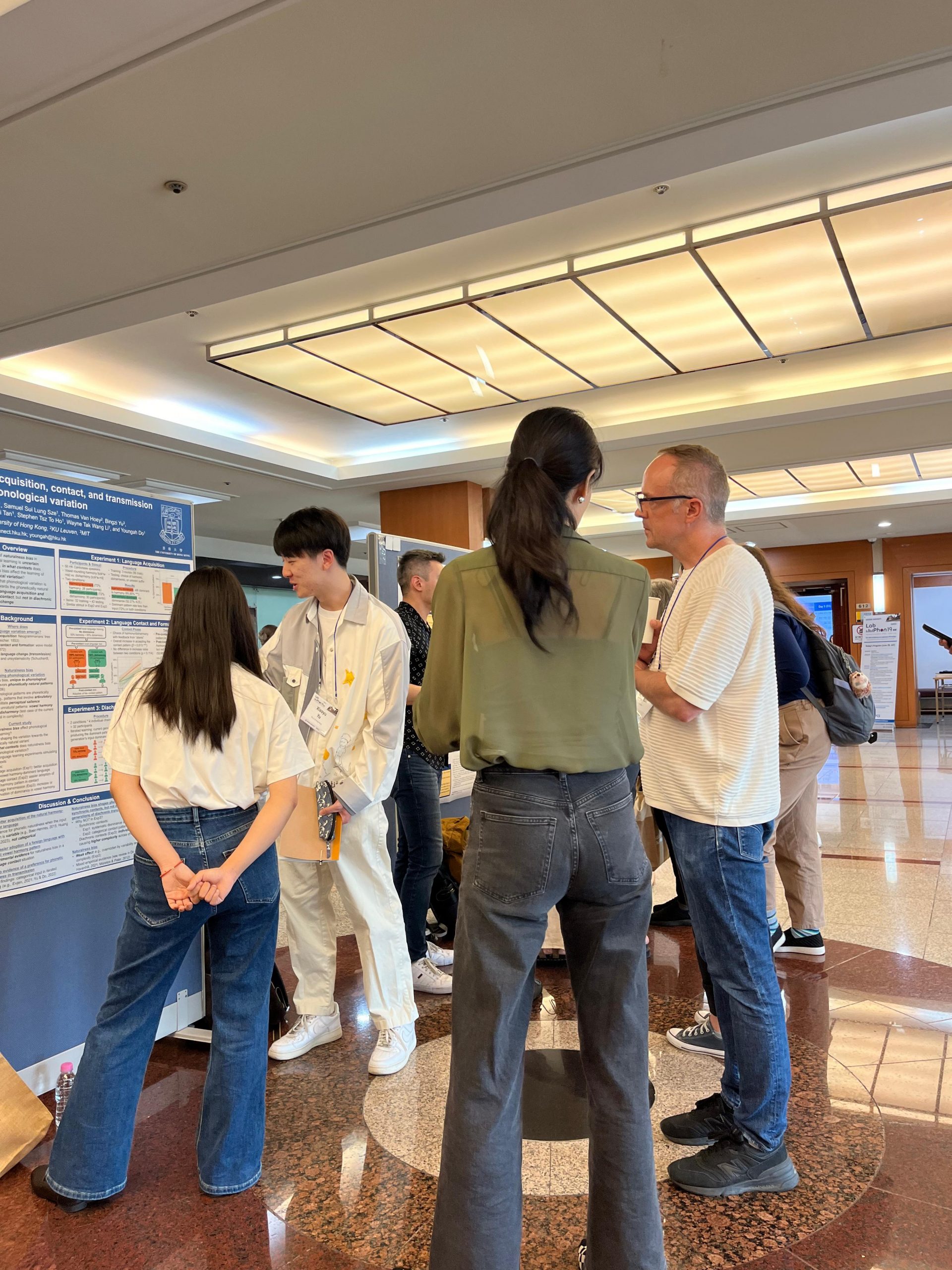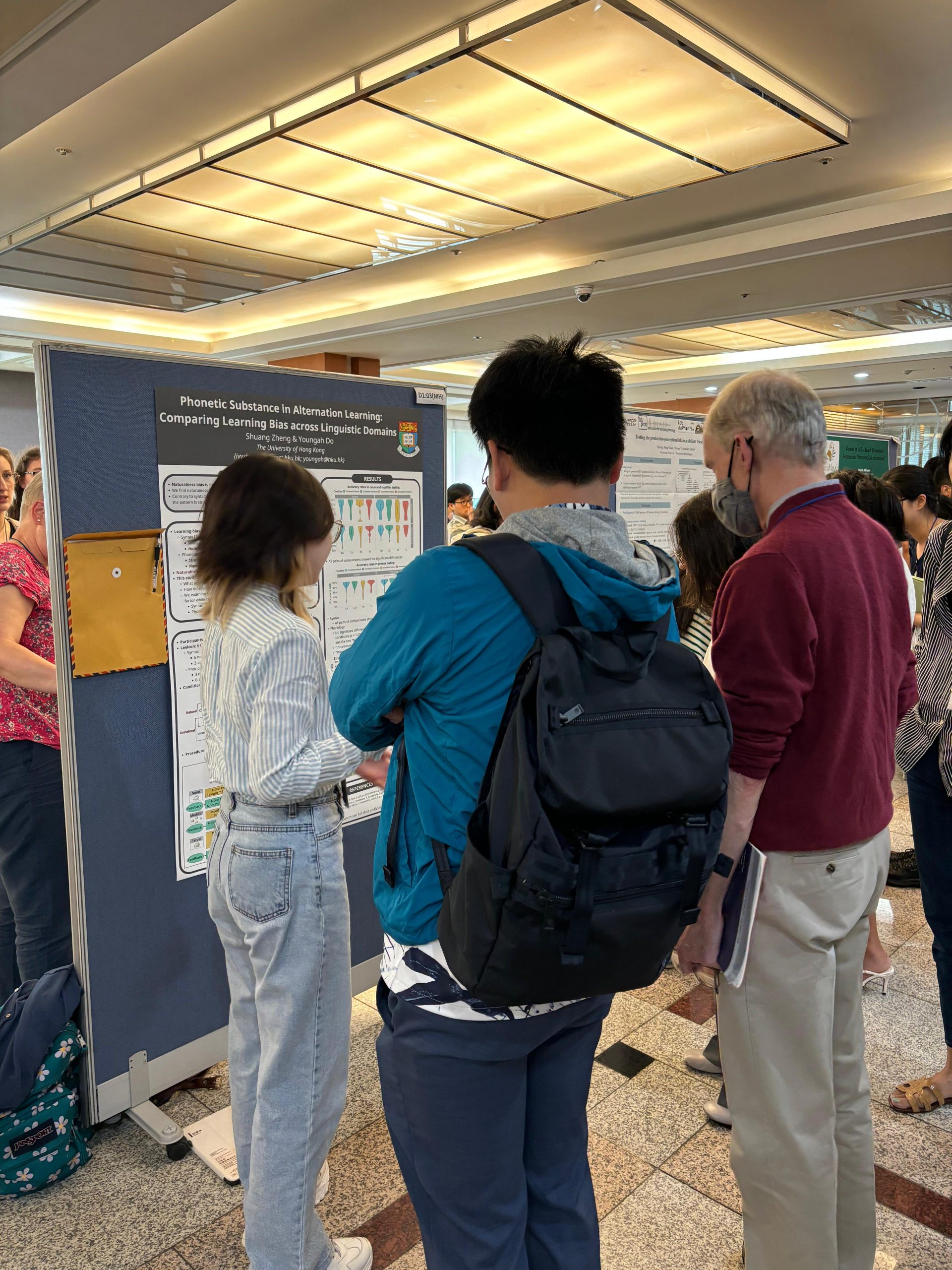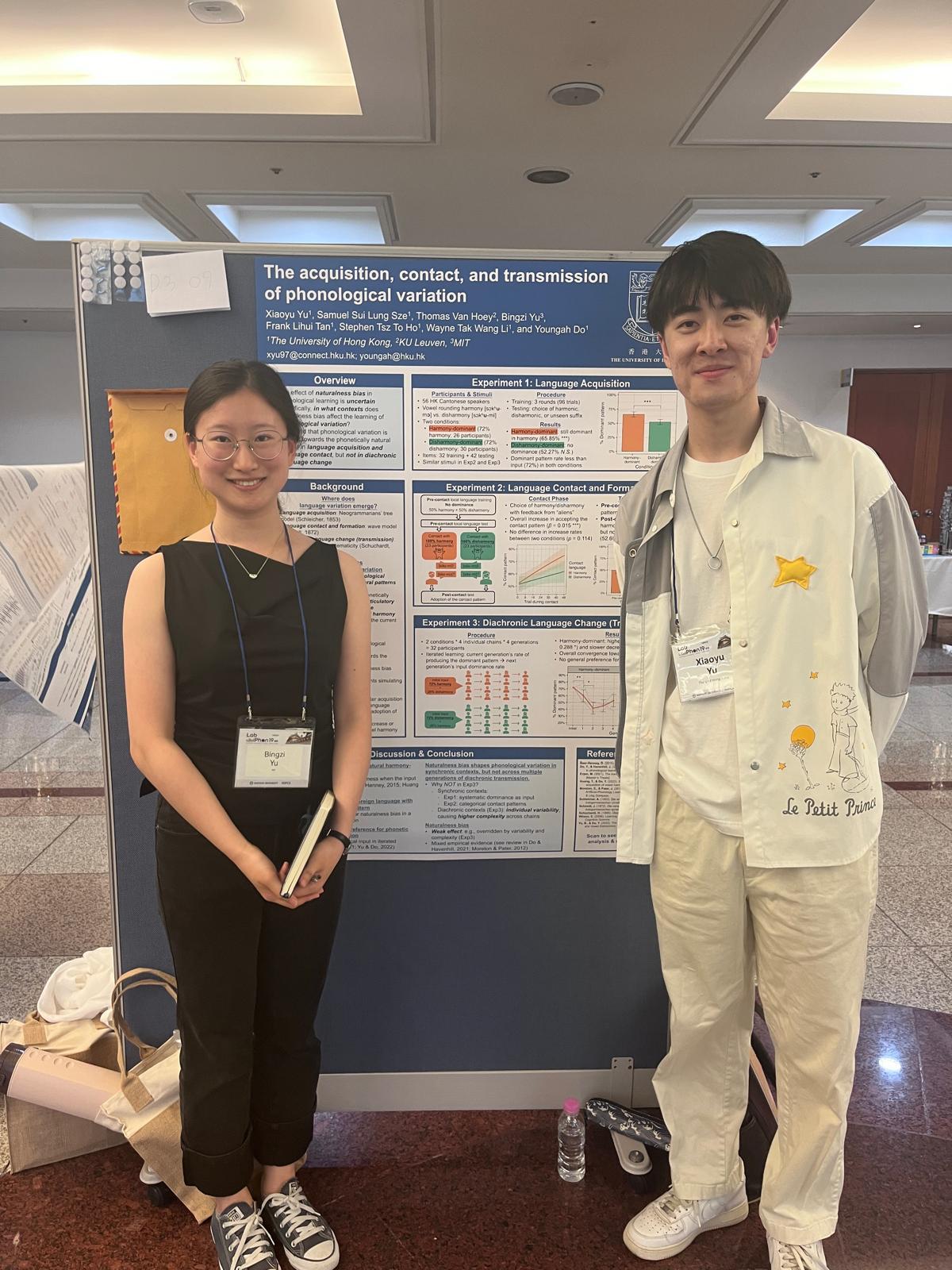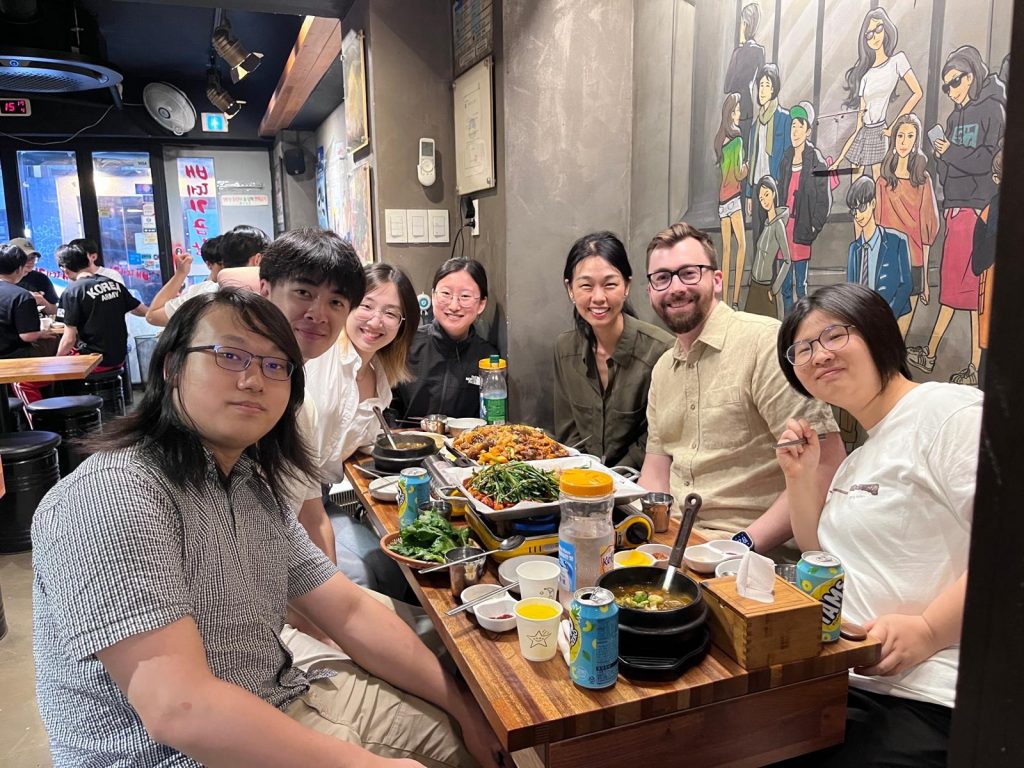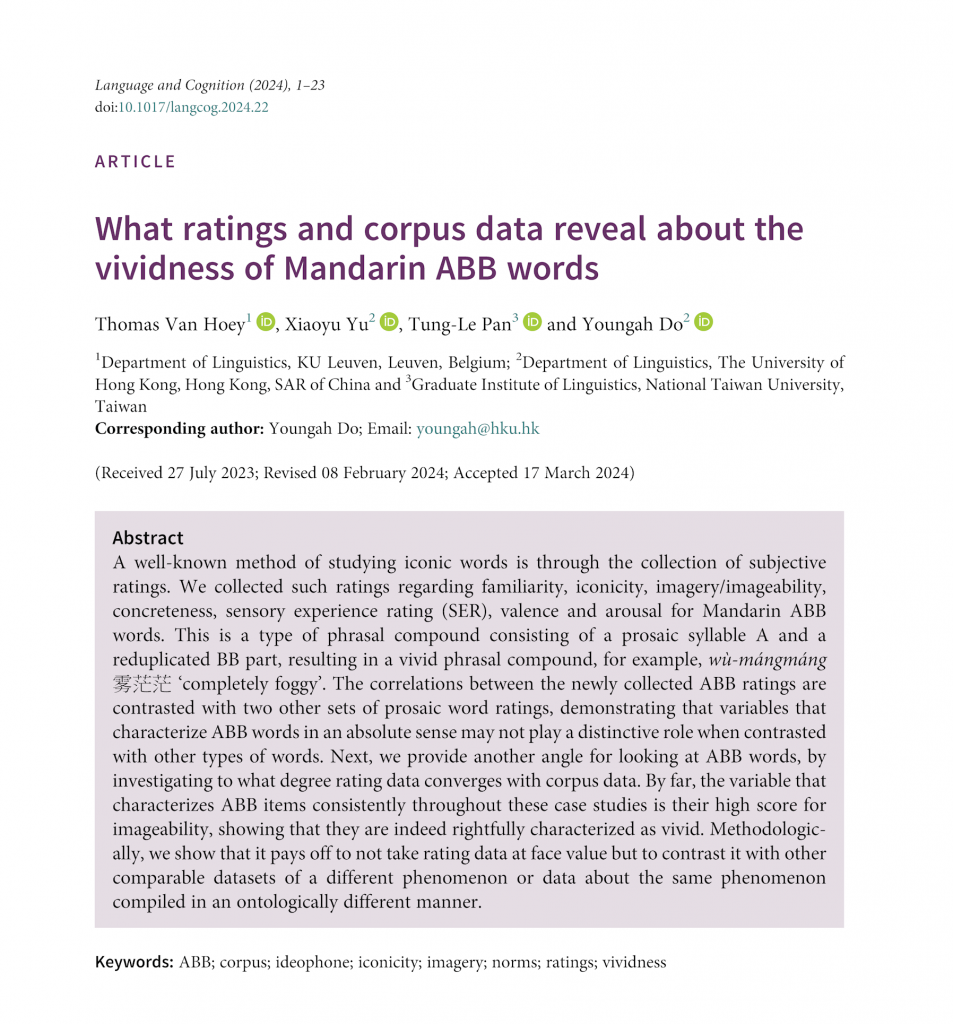We are delighted to announce that the paper “Learners’ generalization of alternation patterns from ambiguous data,” presented at the Annual Meeting on Phonology 2024 (AMP2024), has been published in the conference proceedings. This paper is authored by Bingzi (former member of LDL and current PhD candidate at MIT), Ivy, and Youngah.
The published paper investigates how learners generalize phonological alternation patterns when faced with ambiguous data. It explores whether learners prefer simple or complex rules in their generalizations, shedding light on the biases and mechanisms underlying phonological learning.
The findings indicate that learners tend to favor simpler generalizations, contributing to our understanding of phonological acquisition and cognitive processes involved in language learning. This research represents a significant advancement in the study of phonological learning.
Yu, B., Zheng, S., & Do, Y. (2025). Learners’ Generalization of Alternation Patterns from Ambiguous Data. Proceedings of the Annual Meetings on Phonology, 1(1), Article 1.
open_in_newDOI
